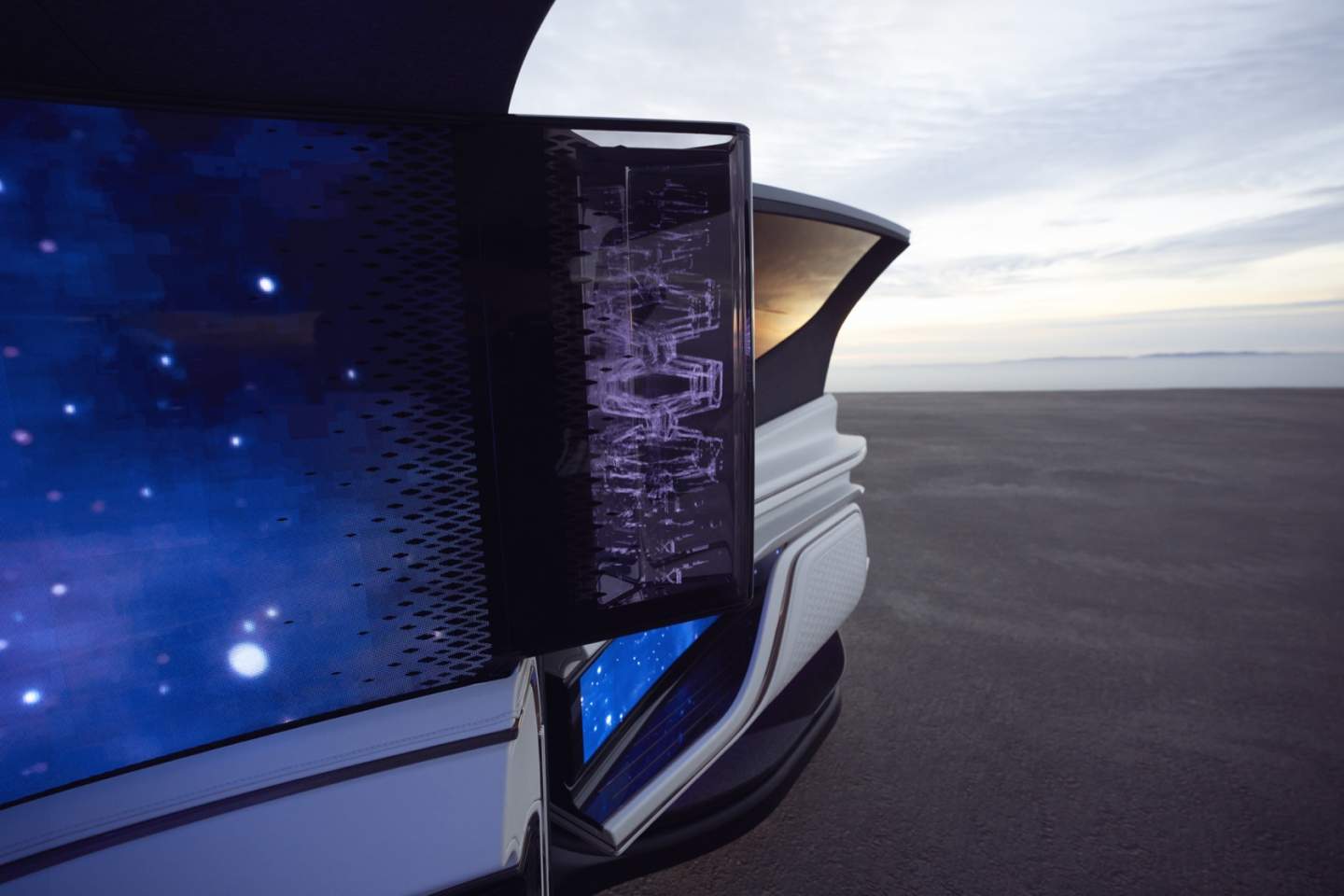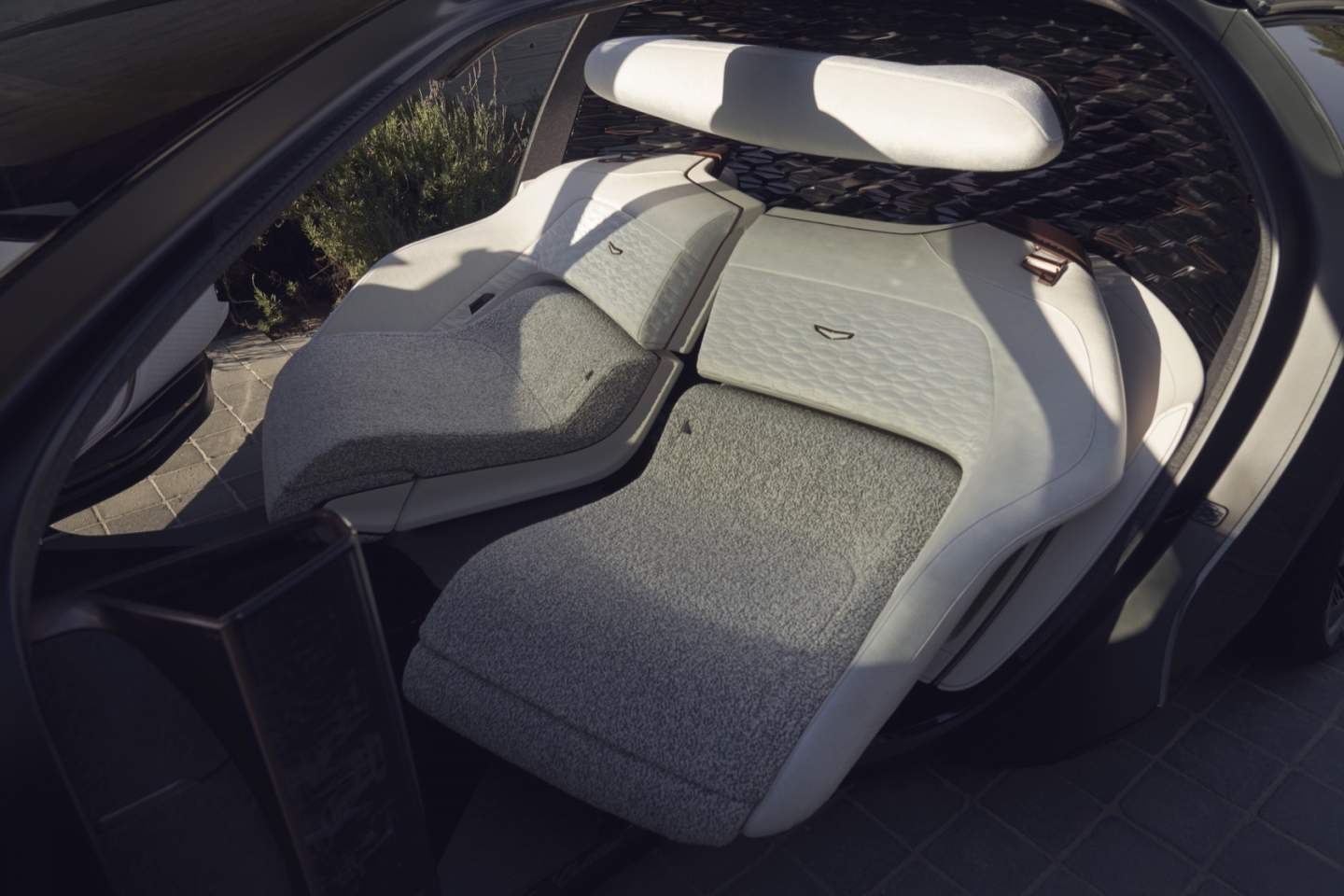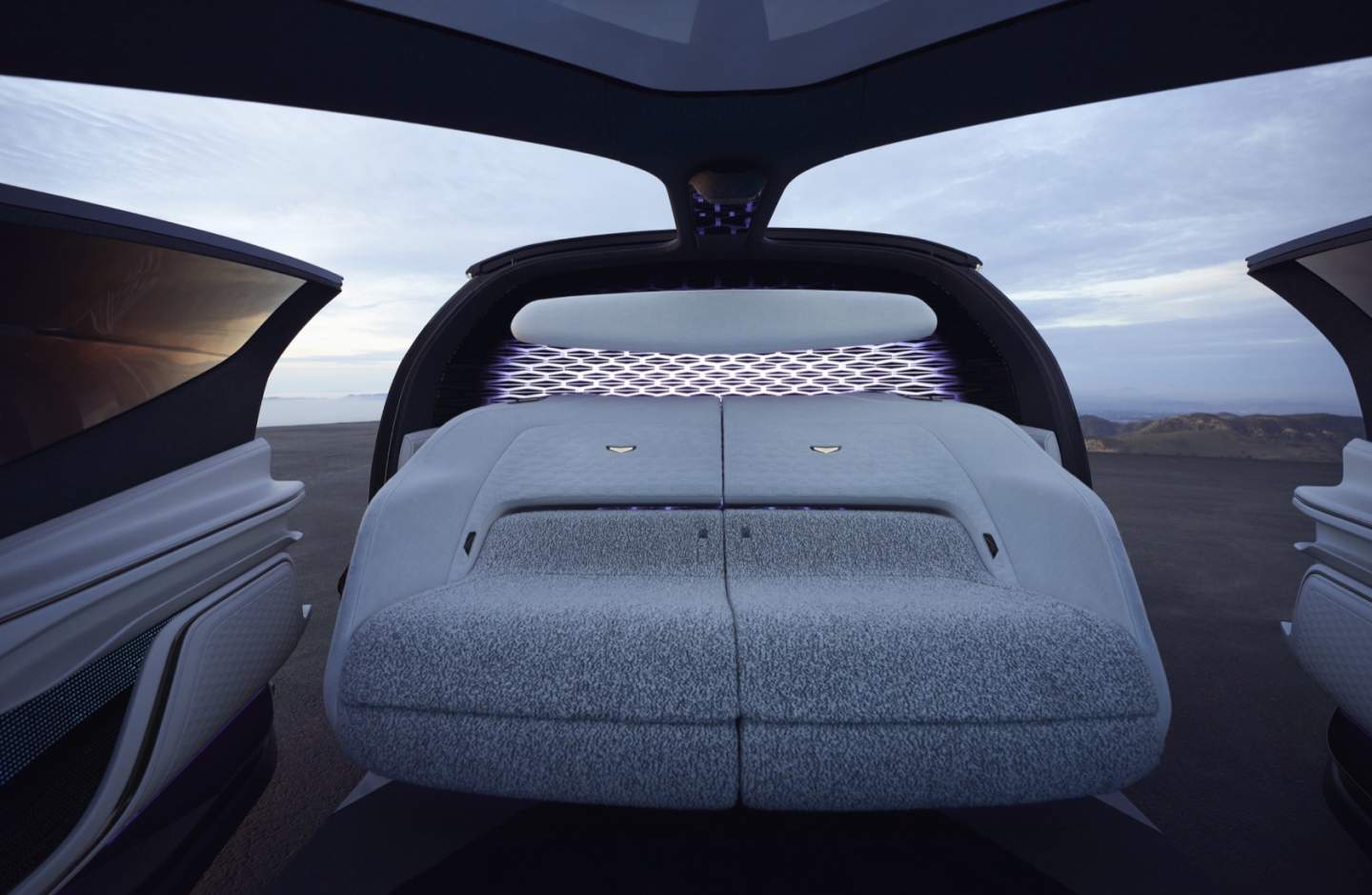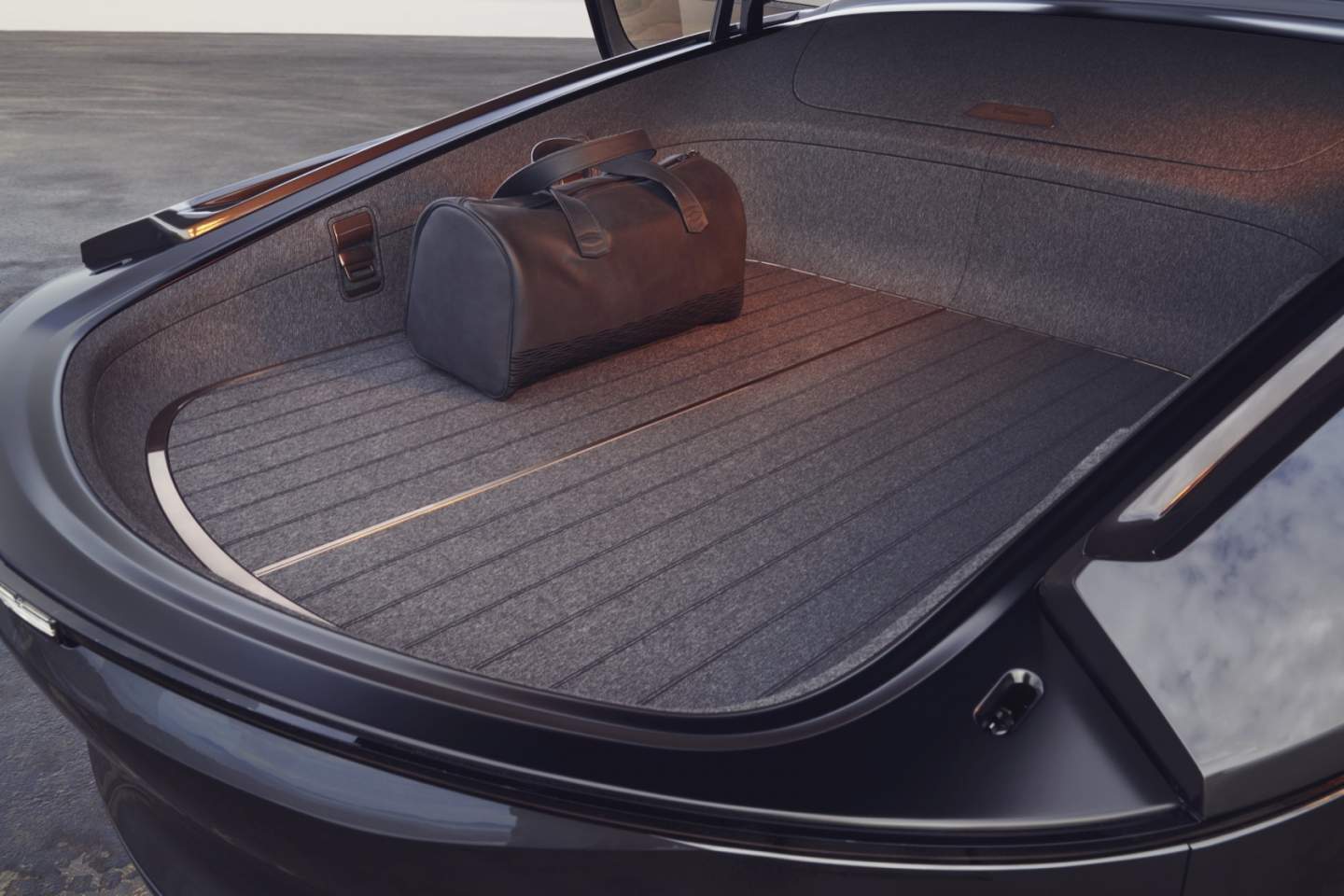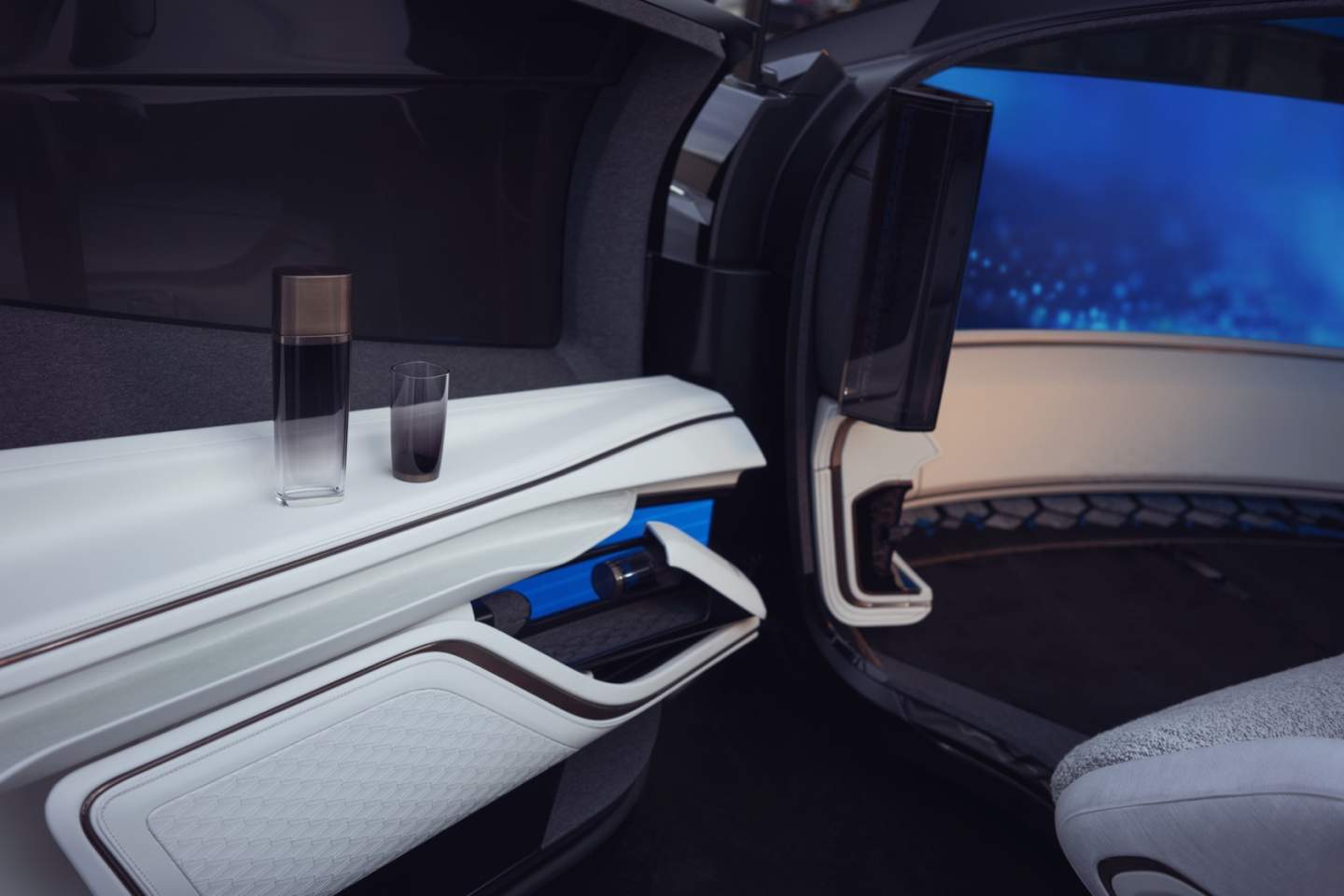Cadillac InnerSpace Concept Teases The Road To Electric Sports Cars
Cadillac may not have an electric pickup to show at CES 2022 – but hey, let's not count anything out – but it does have a strange concept car of its own. The Cadillac InnerSpace joins the automaker's Halo Concept Portfolio as another vision of what future electrification and self-driving tech might bring, though it's how it implements GM Ultium that could be most intriguing.
Cadillac launched the Halo Concept Portfolio last year, showing off two electric concept vehicles at CES 2021. The Halo PersonalSpace was a single-seater helicopter, effectively a quadcopter drone with an enclosed cabin on top, aiming to carry one lucky (and brave) person above traditional congestion.
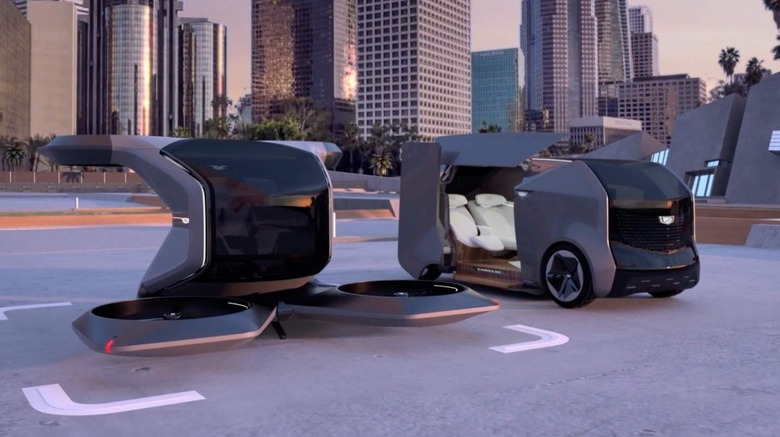
The Cadillac SocialSpace, meanwhile, had space inside for up to six. More like the autonomous pod vehicles we've seen other automakers take steps toward commercializing, it stayed resolutely on the ground but still left those onboard without any piloting responsibilities. Now, the InnerSpace is slotting in-between the two.
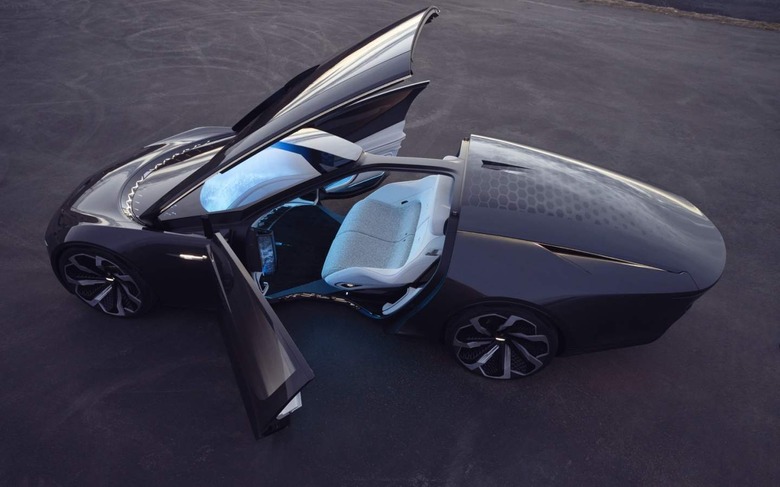
Inside there's seating for two people, neither of whom would need to bother with anything so humdrum as driving. Instead, Cadillac sees the InnerSpace as a preview of what autonomous vehicles could look like for those who want something more engaging and luxurious than just a boxy transporter.
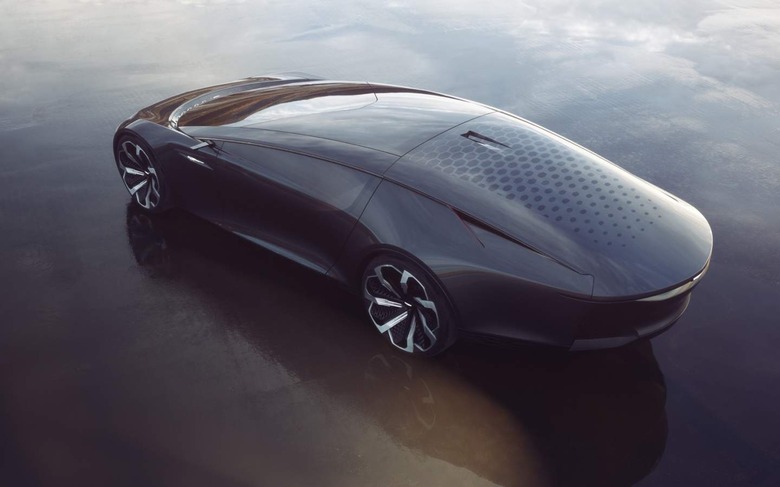
"Conceptually, the portfolio repurposes how passengers use their time while traveling, providing a space for solace and respite," the automaker suggests. "Full autonomy relinquishes the responsibility of vehicle control while dramatic design and advanced technologies maintain the sensation of arriving in a Cadillac."
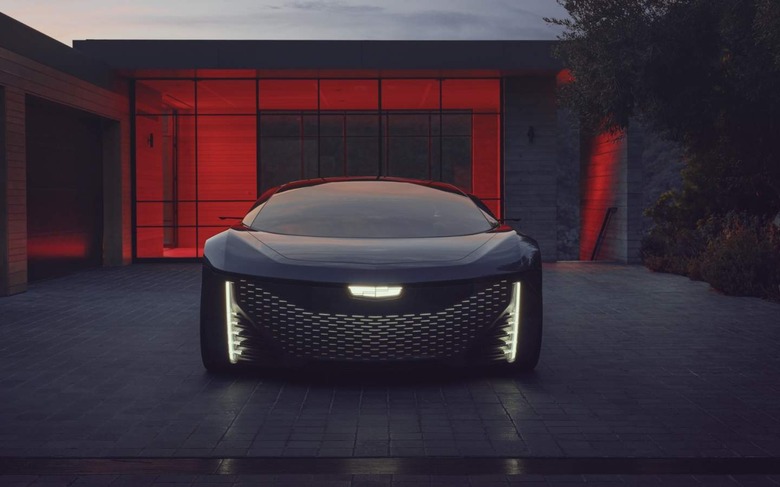
The result is a fairly vast-looking coupe, with panoramic glass on the roof and much of the sides. The doors cut into more of the front fenders and roof, too, so that entry and exit can be more leisurely, with the pair of seats pivoting out to make that easier too.
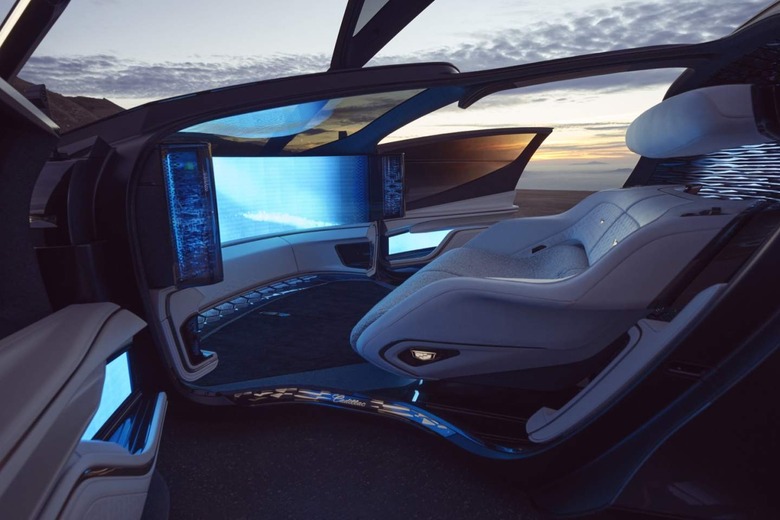
Close the doors, and there's a huge, panoramic display ahead. That offers a variety of augmented reality engagement, entertainment, and "wellness recovery" themes, Cadillac says, navigated via biometric inputs. Future programs could be added via over-the-air downloads.
It's all very futuristic, and would look right at home on a sci-fi movie set (or, more likely, in the CGI server rig responsible for rendering a sci-fi movie's graphics). What's arguably most interesting, in fact, you don't actually see.
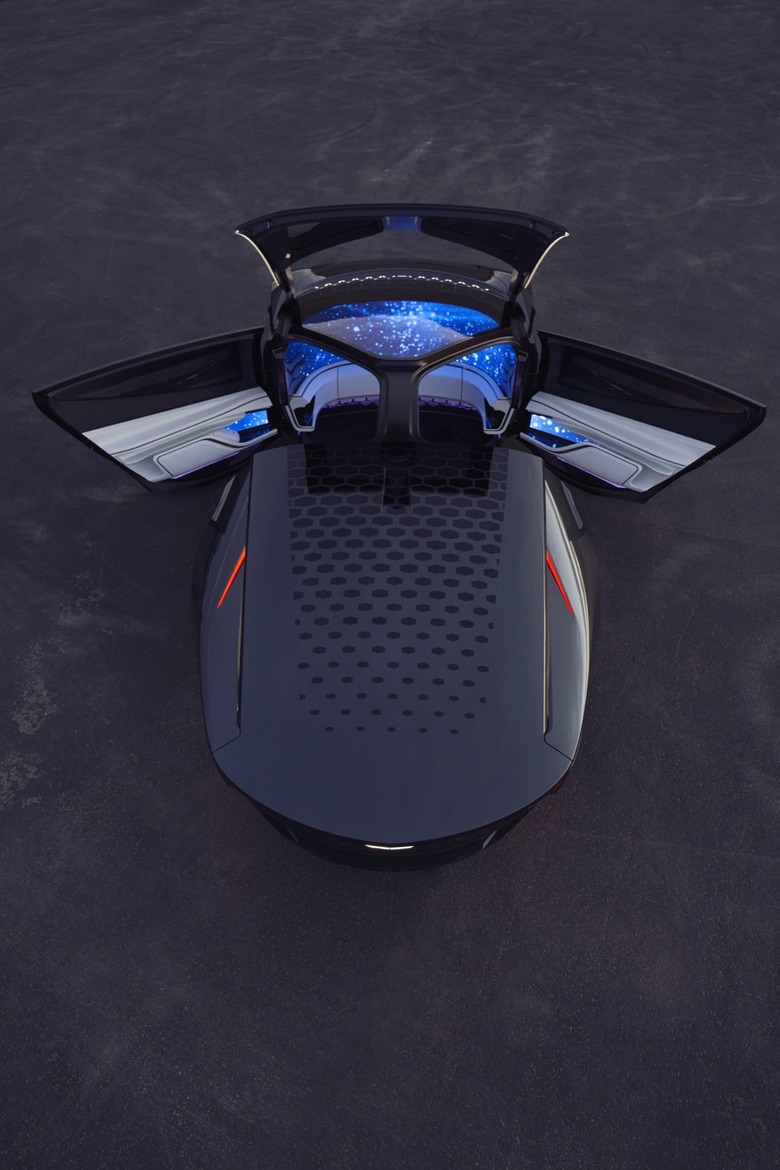
Rather than condensing the battery packs into a single pack, which most automakers would then fit into the wheelbase of the vehicle, the Cadillac InnerSpace spreads its battery modules around the concept car. Because the GM Ultium platform has wireless battery management, Cadillac says, the cells can still intercommunicate even without being contiguous. "This design freedom also allowed for a low-profile floor," the automaker points out, "providing an extremely low, sports car-like seating position."
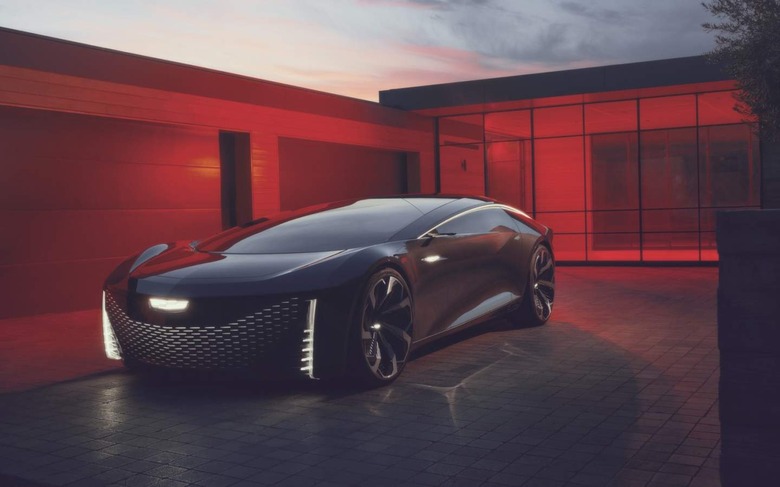
That might be key, as EV tech spreads through different vehicle segments. We've seen plenty of electric SUVs and trucks so far, in part because their upright stature means there's plenty of space to fit a large battery pack under the cabin. Sports cars, however, have been slower to go electric, in part because of these battery packaging demands.
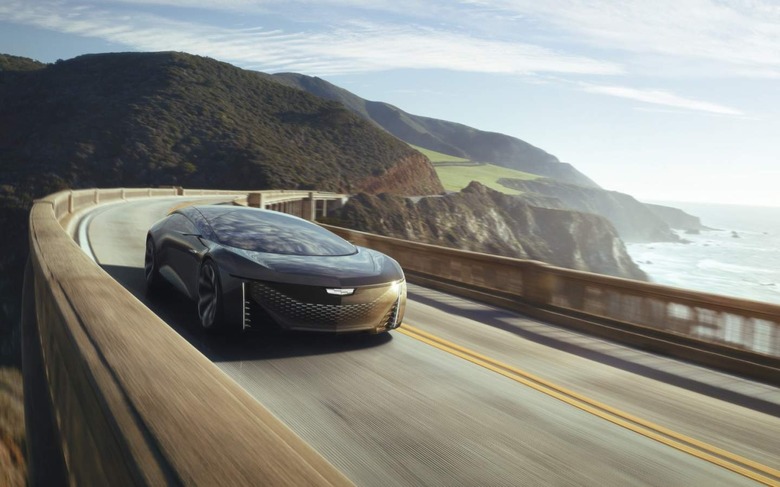
The InnerSpace's second enhancement is its tires. It uses Goodyear's new SoundComfort rubber for electrified vehicles, which are designed to cut sound wave resonance and thus avoid some of the more unpleasant tones which – since EVs are generally quieter than combustion models – you don't want to hear in the cabin. They also use soybean oil and rice husk-based silica to replace petroleum-based oil in their construction, while integrated monitoring sensors help ensure tire safety is maintained.
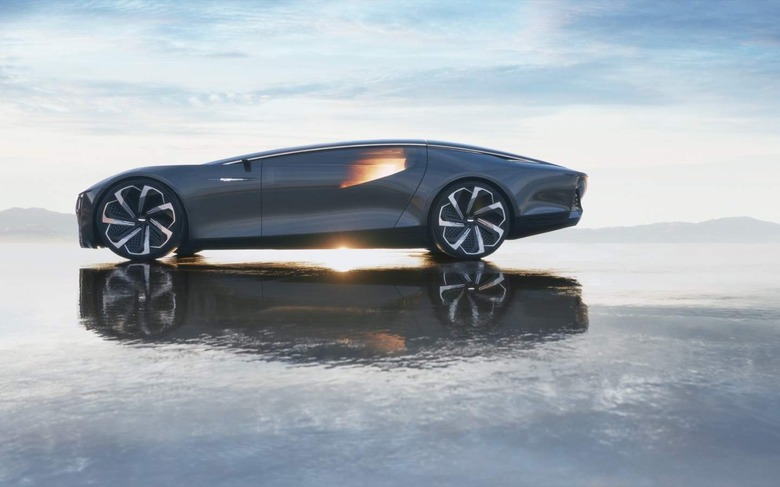
Whether this means a big electric Cadillac coupe is in the pipeline – autonomous or otherwise – remains to be seen. Given the automakers push toward SUVs and crossovers, that does seem fairly unlikely. Still, while the InnerSpace may not make it to production, it's an unexpected example of one of the ways GM Ultium could help set itself apart from other EV platforms.

